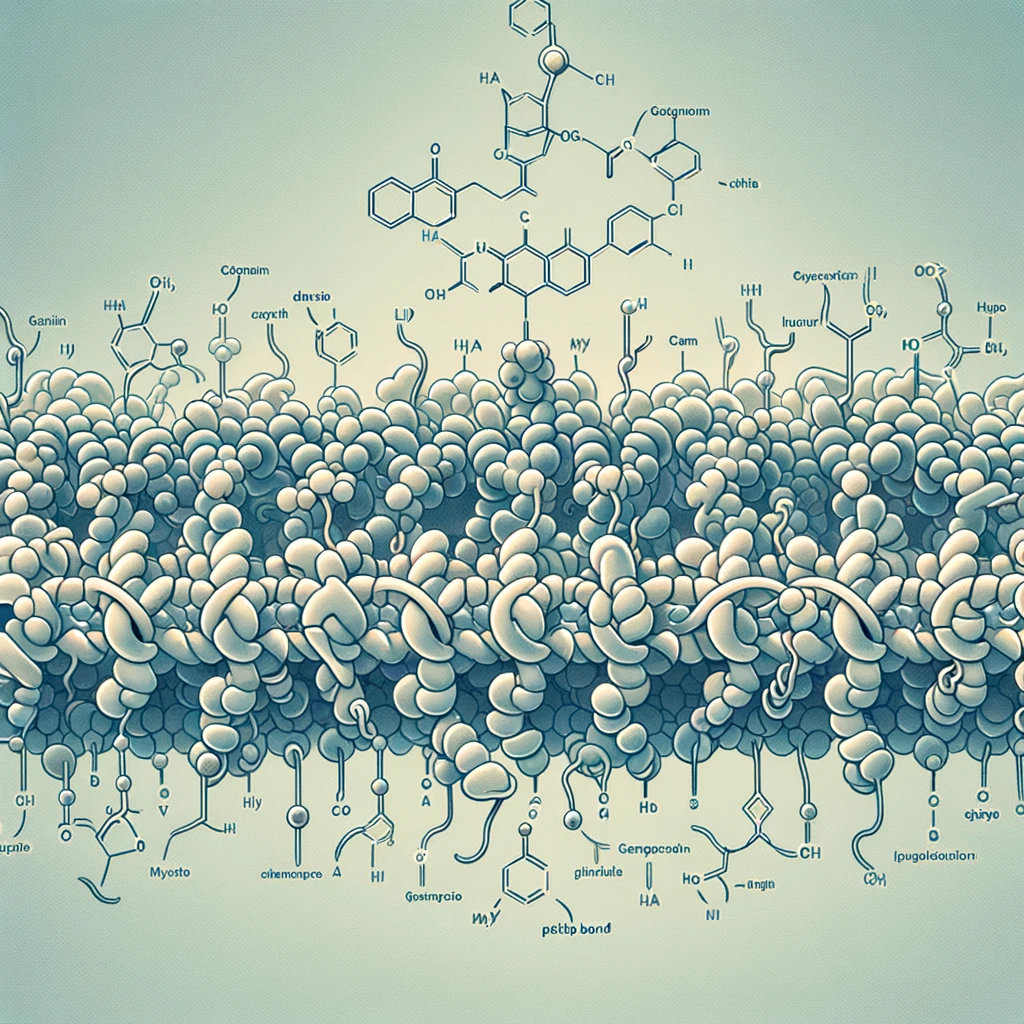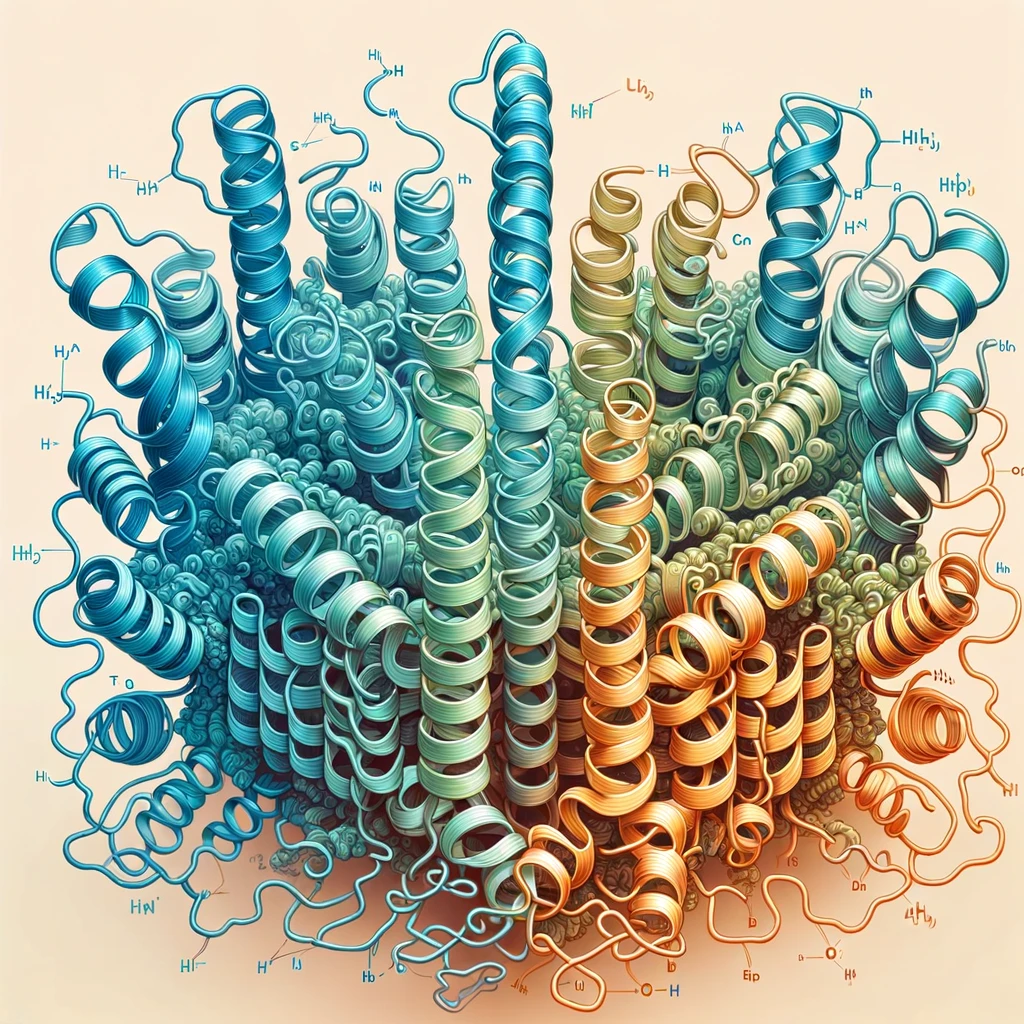Protein helps build muscle. Down a protein shake .002 seconds after your workout. These are all things you’ve probably heard being thrown around. But how does protein even get to do all these things? And why are all my Instagram reels filled with protein-ified recipes? The answer (not to my Insta page) lies in the structure.
Protein is known as the “building block” of life. You’ve probably heard that same terms with atoms. Protein plays a really important role in our health. From supporting growth to helping in a number too big for me to count biological processes, this macronutrient is as essential component of a balanced diet. But first off.….
What is Protein?
Protein is one of the three main nutrient found in our food. It’s made up amino acids, which are like Lego pieces. In fact, a protein is simply a long chain of amino acids. So a big tower of legos, or a tower of Jenga however you want to think about it.
The structure of these legos (amino acid) consists of a central carbon atom (called the alpha carbon) which is bonded to four different chemical groups:
Amino Group: Nitrogen and two hydrogen atoms and is located on one side of the central carbon atom
Carboxyl Group: Carbon, oxygen, and two oxygen-bound hydrogen atoms and is located on the other side of the central carbon atom
Hydrogen Atom: This one is just a single hydrogen atom bonded to the central carbon atom
R-Group: The last bond of the central carbon is to a unique side chain, represented as “R.” The R-group varies among different amino acids and gives each amino acid different properties
Structure Of Proteins:
Linear Structure

This is a linear sequence of amino acids in the protein chain.
Primary Structure

The primary chain folds and forms patterns like alpha-helices and beta-sheets.
Secondary Structure

The secondary structure further folds and bends to create a three-dimensional shape.
Tertiary Structure

Some proteins consist of multiple polypeptide chains (subunits) that come together to form a protein.
So Why are People Preaching Protein?
My wordplay is literally on fire rn.
Warning, long list ahead, proceed with caution.
Tissue Growth and Repair:
When you exercise, like doing strength training or high-intensity activities, your muscles go through mini tears
Protein is needed to repair and rebuild these mini tears, and this makes your muscles stronger as they’re being rebuilt
Similarly, when you break a bone, you need protein to create new bone tissues. Protein’s like Bob the Builder.
Collagen is a special type of protein, and it’s one of the most abundant proteins in your body. It’s what makes up our skin, bones, tendons, and ligaments.
Enzymes:
Enzymes help speed up processes that go on in our body (digestion, blood clotting, etc.), which is why they’re called biological catalysts.
Enzymes lower the amount of energy needed for a reaction to occur (known as activation energy), which means it takes less time for a chemical reaction to occur, they’r elike the acceleration thingie in a car
A majority of proteins in the body act as enzymes. Think of enzymes being a subset of proteins.
Hormone Production:
Hormones are chemical messengers produced by different cells in the body
They travel through our blood to specific target cells, where they produce certain responses
Proteins can act as hormones, which send messages through the body to make sure processes like metabolism, growth, and stress response, are all going good.
Transport and Storage:
Proteins love to be UPS carriers and deliver things in our bodies.
Take hemoglobin, a protein in red blood cells.
Hemoglobin transports oxygen from our lungs to tissues.
Another similar protein is myoglobin, which is found in muscle cells and stores and transports oxygen in muscle tissues.
Regulating Fluid Balance:
Proteins play a role in maintaining fluid balance between blood vessels and tissues, preventing excessive accumulation of fluids in tissues ( which is also known as edema)
pH Balance:
Certain proteins act as buffers, helping to regulate and maintain the body’s pH balance, which is essential for proper physiological functioning
Summary: Proteins are pretty indecisive. Just choose a job smh.
Chemical Structure
Amino acids, the lego pieces of protein, are made up of an amino group (-NH2), a carboxyl group (-COOH), and a side chain known as the R-group
Protein is made up of a combination of carbon, hydrogen, oxygen, and nitrogen atoms (CHON for short)
The R-group varies between different amino acids, giving them distinct properties and determining their role within the body

This is the basic structure of an amino acid.
The sequence of amino acids in a protein chain is dictated by the genetic code (the order of A, G, T, C)
The diverse combination of amino acids allows proteins to be so indecisive and have SO MANY jobs




